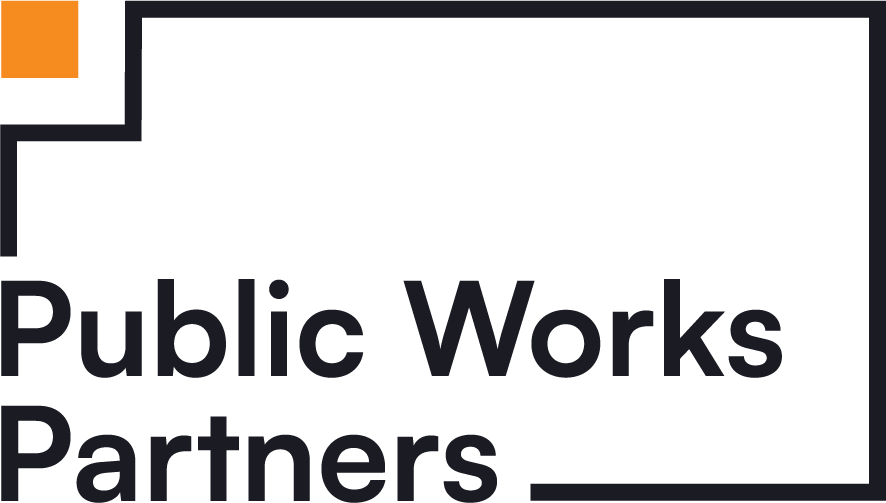Over the past three decades, we’ve witnessed a tech boom that has reshaped the way we connect with the world and with each other. Personal computers seemed revolutionary enough in the 80s, but by the mid 90s—the idea that your desktop could be connected to every other computer on earth, through something called the world wide web? Well, this was just downright radical. By the late 2000s these machines were already small enough to fit in the palms of our hands; since then, social media has revolutionized the way we watch, listen, read, plan, purchase, donate, and understand our lives and one another.
Yet these impacts reverberate beyond just convenience and connectivity. Innovations in healthcare technology allow doctors to make advanced diagnoses faster, education tools support teachers in creating personalized learning experiences for their students, while new kinds of software support businesses in capturing and analyzing data to provide better services. We haven’t even mentioned AI—but you’re surely thinking about it, right?
Philanthropy does not stand apart from these other realms. Organizations have adopted new tools and deployed data-driven decision making to more efficiently allocate resources and more precisely measure outcomes and impact. What else can and should be done to leverage the transformative power of new tech, and how should we mitigate some of the concerns that come with innovation?
Philanthropy and Tech: A Success Story
While almsgiving is as old as money itself, it was not until the industrial revolution—generating both unimaginable wealth and inequality—that philanthropy began to take its current form. By the early 20th century, a new class of professional philanthropists began to create new paradigms and utilize new technologies to more effectively steward and disburse funding. Things have continued to change since. Fast-forwarding to today, one of the clearest transformations in how philanthropists use technology has been in fundraising: traditional charitable activities have evolved alongside the rise of online platforms, enabling donors to contribute to causes across the globe that align with their values. Online crowdfunding platforms, another innovation, have democratized fundraising, empowering people to bring their ideas to life and address the most urgent needs through their own networks.
Beyond donations, the impact sector has also leveraged technology to increase transparency and accountability. Platforms like Charity Navigator and GuideStar offer detailed insights into the financial health and performance of nonprofit organizations, allowing donors to look under the hood and see the inner workings of the organizations to which they donate. But it doesn’t end there: the World Food Programme’s Building Blocks initiative employs blockchain to efficiently distribute aid to Syrian refugees; the Gates Foundation uses data analysis to target high-risk areas for disease outbreaks; DonorsChoose.org uses technology to match donor contributions with specific classroom needs, optimizing resource distribution in education—we could go on and on. Real-time data sharing enhances decision-making in philanthropy, and more robust analysis uncovers patterns and disparities that might otherwise go unnoticed. For example, The Trevor Project, an LGBTQ+ youth suicide prevention organization, uses data to identify regions with high rates of crisis calls, enabling more targeted outreach efforts.
Leveraging technology is most effective when a cross-sectoral approach is taken. Partnerships between tech giants and nonprofits, like Google’s support for Khan Academy, demonstrates how technology companies can enhance educational initiatives. The “Connectivity for Refugees” Initiative, a partnership between the Vodafone Foundation, UNHCR, and other organizations, has provided mobile network coverage and solar-powered charging stations to refugee camps, enabling communication, access to information, and the coordination of aid.
The Pitfalls of the Partnership
Despite the many benefits from the philanthropy sector’s leveraging of new innovations, technology is not a silver bullet, and there are certainly challenges that persist. For starters, take “techno-solutionism”, the term that describes the present-day tendency of deploying a smorgasbord of new apps, gadgets, and algorithms to treat our society’s social ills symptom-by-symptom while ignoring the underlying structural wounds. Furthermore, the Knight Foundation argues that the infatuation with technology in the public sector can actually exacerbate and entrench certain social issues. This phenomenon can be seen when data-centric approaches in the justice system—which were meant to reduce the bias inherent in human decision making—actually resulted in decision-making algorithms that were more racially biased than before. We’ve seen other recent examples of tech solutions gone bad, such as the National Eating Disorder Association shutting down its Chatbot after it provided harmful and unrelated information to users.
It’s also important that the desire to adopt best practices from other sectors be tempered with an acknowledgement of the complexity of nonprofit work. We’ve been here before with nonprofits striving to emulate for-profit business in the quest for ever-shrinking efficiencies and higher ROIs. We are seeing it with tech as well. Here’s a personal example: At a conference I recently attended, a speaker tried futilely to convince the nonprofit attendees of the need to adopt tech company best practices. After a few minutes of falling flat, an attendee in an exasperated tone shared that we are dealing with people’s lives and can’t stop to experiment or create prototypes.
There’s no question that technology can play a role in working through the thorniest issues facing our society, but will it attempt to do so in an inequitable way? Will the protection of client privacy survive the quest for profitability?
What More Can Philanthropy Do?
The human brain has more processing power than even the most advanced computers. Yet we remain easily swayed by flashy screens, sleek apps, and elegant algorithms. As technology continues to evolve, permeating deeper into the smallest crevasses of our lives and work, will we all—including the philanthropy industry—be able to adapt?
Philanthropy must play a role in helping humans adjust to the oncoming avalanche of innovation. Leaders must develop cultures that embrace change and approach new technologies with an experimental ethos. Nonprofits and funders must illustrate how new tech can lead to better services—not just increased efficiencies. In addition, philanthropic organizations can play an important role in upskilling the workforce and providing as many possible touchpoints with new technologies. While most professional philanthropy jobs are expected to be sheltered from the impact of automation, many will likely require some level of co-botting—the act of interacting with a tool or platform that facilitates direct human-robot interaction within a shared space.
In addition, philanthropy must continue the push for cross-sector partnerships to address complex social challenges: partnerships between ride-sharing platforms and cities can enhance transportation access for underserved communities; while smart city initiatives, where tech companies collaborate with municipalities, can lead to improved waste management, energy efficiency, and public services.
Finally, philanthropy must be a leading voice in addressing challenges and concerns that are inevitable when it comes to using technology. This will require thoughtful strategies that prioritize inclusivity, security, ethical considerations, and ongoing capacity building for staff. Though progress has been made to close the digital divide and accessibility gap, there are still significant access disparities. There’s also the question of digital literacy, which will surely persist as our population ages and technology advances. Continuous learning and adaptation will be key for philanthropic organizations to continue to have an impact on clients and society writ large. The cost of implementing and maintaining this level of professional development and tech solutions can strain the budgets of smaller non-profit organizations. Philanthropy must ensure these organizations have the resources they need to strive during these times. This can include funding earmarked for adjusting to disruption caused by tech innovations.
One final point: in the quest for efficiency, philanthropy should not forget its purpose—to improve the wellness of humankind by mitigating harm and solving social issues. It is incumbent upon the sector to ensure that the benefits reaped from the never-ending evolution of tech innovations do not come at the cost of a just and improving world.






